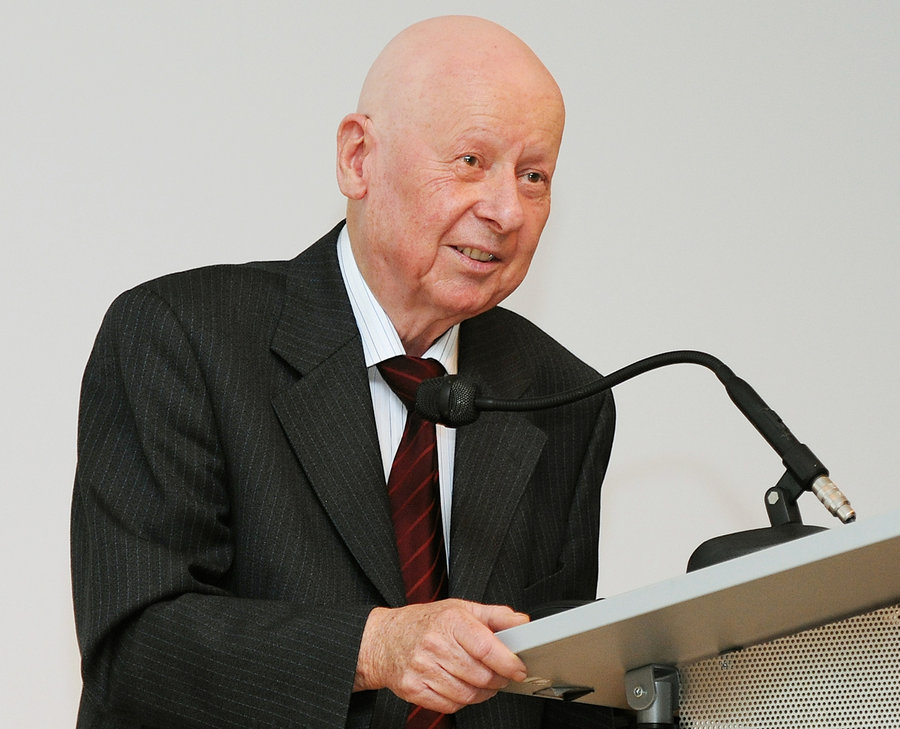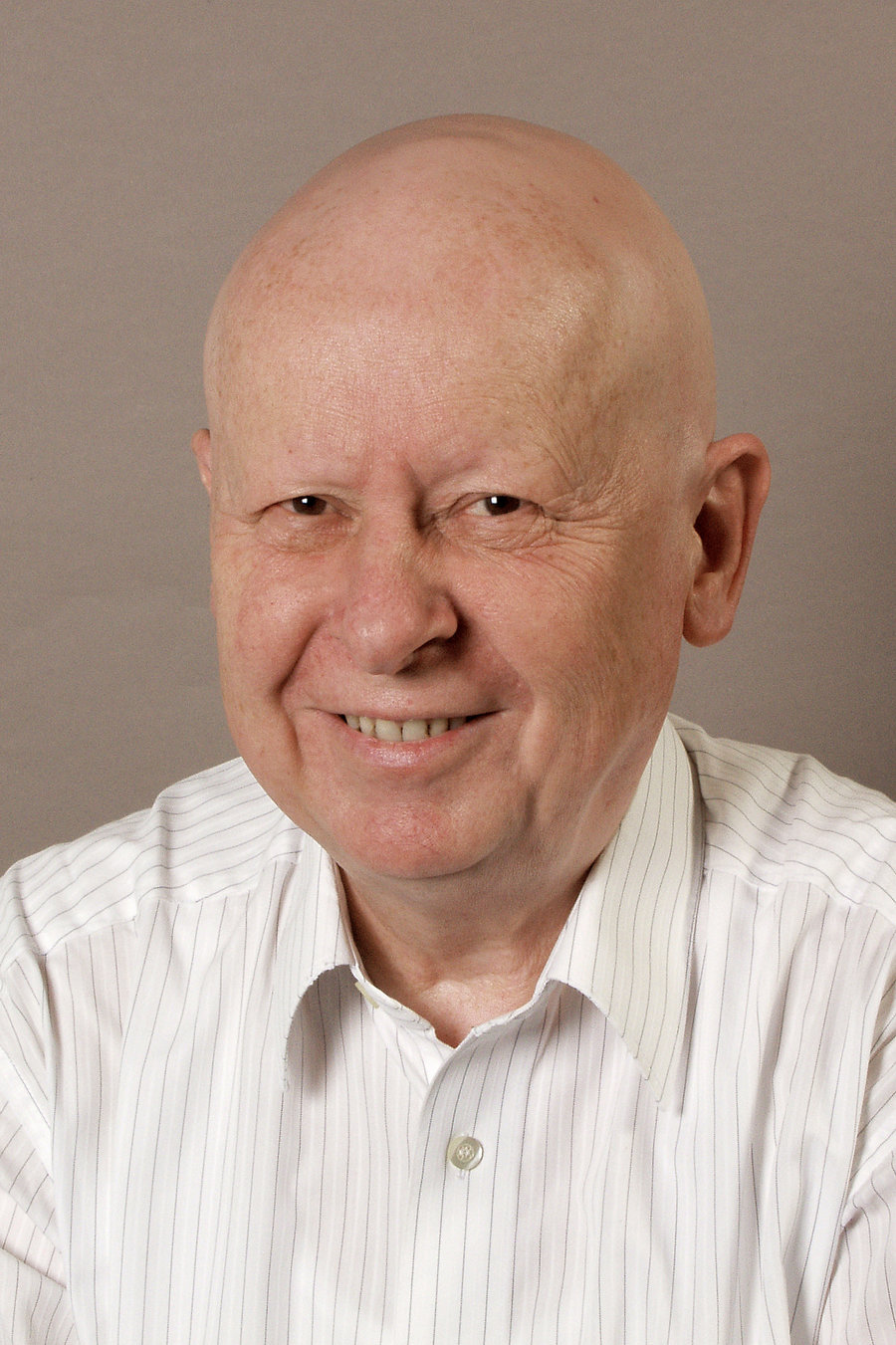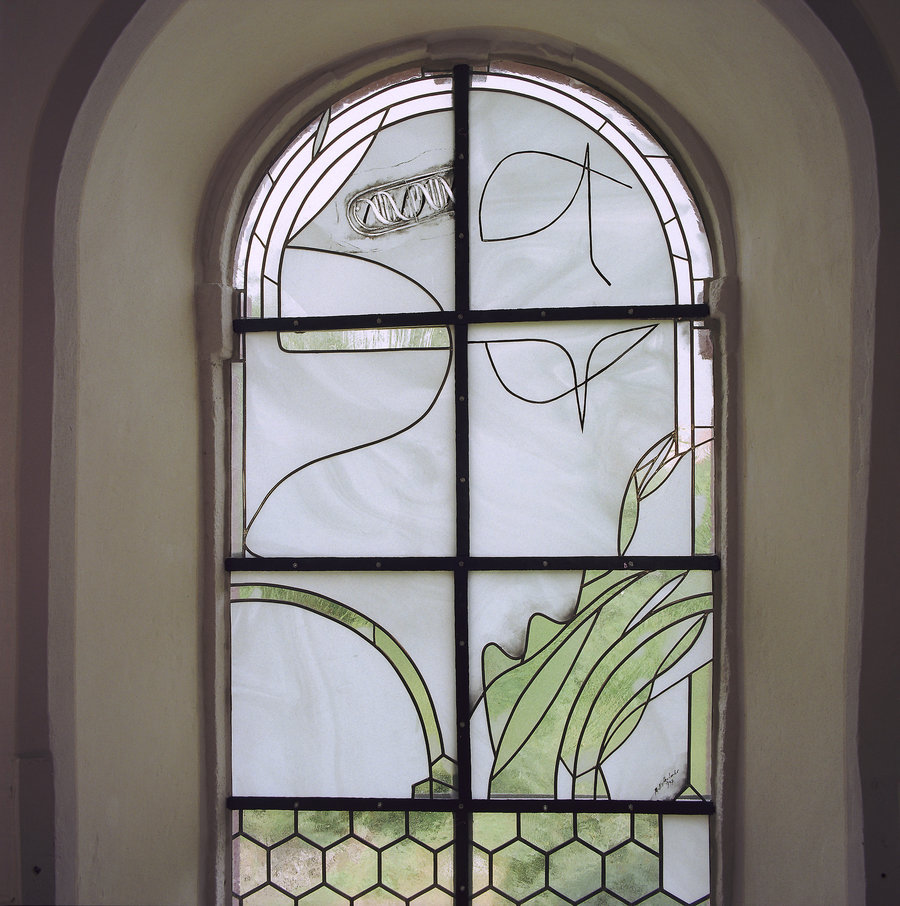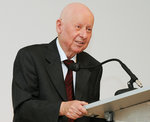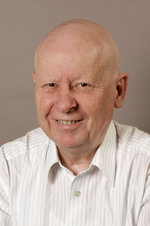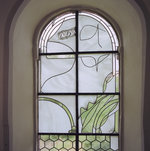Pioneer of heavy ion therapy passed away: Mourning for biophysicist Gerhard Kraft
24.03.2023 |
Professor Gerhard Kraft, biophysicist and pioneer of modern heavy ion therapy, passed away in Heidelberg on Saturday, March 18, 2023 at the age of 81. GSI and FAIR received the news with deep sadness and mourn the loss of one of their most renowned scientists. The initiator and decisive pioneer of tumor therapy with ion beams established the biophysical research department at GSI in the early 1980s, which he headed from 1981 to 2008. For his exceptional merits, especially in cancer research and heavy ion therapy, the world-renowned researcher received numerous high-ranking national and international awards and honors.
Gerhard Kraft was born in Heidelberg on October 29, 1941. He studied physics in Heidelberg and Cologne, where he also received his doctorate, and initially worked in the fields of atomic and nuclear physics. This was followed by research stays in Strasbourg and Berkeley in the USA, where he became acquainted with the ion beam therapy activities there. In 1973 he joined GSI in the research department of atomic physics. From 1981, he headed the new GSI biophysics department as founding director. He also held honorary professorships at the University of Kassel and the Technical University of Darmstadt as well as a Helmholtz professorship of the Helmholtz Association.
Professor Gerhard Kraft's main field of activity was heavy ion therapy and his work is inseparably linked with the initiative to establish heavy ion therapy in Germany and Europe. His vision was to develop an extremely precise irradiation method in which the advantages of the ion beam - its precision and high biological effect - could be fully exploited. Thanks to his initiative, his foresight and persuasiveness, this undertaking succeeded. The method for cancer therapy with ion beams, which he initiated, was advanced at GSI in Darmstadt from basic research in physics and radiobiology to clinical application. Cancer cells are effectively destroyed while healthy tissue is spared.
In joint research by the GSI Helmholtzzentrum and its partners – the Radiological Clinic of the University of Heidelberg, the German Cancer Research Center Heidelberg (DKFZ) and the Research Center Dresden-Rossendorf (now HZDR) – the novel tumor therapy was developed and realized in a pilot project. The first patient irradiation in 1997 was preceded by four years of technical construction of the therapy unit and 20 years of basic research in radiation biology and physics. The construction of the treatment unit at GSI was primarily a joint effort of the biophysics, materials research, experiment electronics, information technology and accelerator departments.
Professor Gerhard Kraft struggled with tireless commitment and perseverance to set up this pilot project. Years later, he still recalled the teamwork in the pilot project with high appreciation: "At that time, most people hardly thought it possible to make the outstanding biological-medical properties of ion beams technically usable for therapy. This was only possible through the interaction of many disciplines such as nuclear and atomic physics, radiation biology and medicine, accelerator physics, computer science and many more."
From 1997 to 2008, more than 440 patients with tumors in the head and neck region were treated with ion beams at GSI with great success. The promising findings went directly into the construction of the Heidelberg Ion Beam Therapy Center HIT. Subsequently, Professor Gerhard Kraft dedicated himself to the further dissemination of heavy ion therapy and, for example, accompanied the construction of similar therapy facilities in Marburg and Shanghai, advising major corporations such as Rhön-Klinikum AG and Siemens AG. He also co-authored the proposals for the ion beam therapies in Pavia (CNAO) and in Wiener Neustadt (MedAustron).
The renowned scientist has shaped the research of the biological effects of ion beams nationally and internationally with his work. He was involved in many initiatives to develop ion therapy in Europe and was a founding member of the ion therapy initiative "European Network for Research in Light Ion Hadrontherapy" (ENLIGHT) at CERN. In addition, he was always an extremely experienced advisor in the Association for the Promotion of Tumor Therapy with Heavy Ions. His initiative also led to the establishment of a professorship in radiation biophysics at the Technical University of Darmstadt, which significantly strengthened radiation research in Germany. Together with the Biophysics Department of GSI, the Darmstadt site could thus be developed into one of the leading centers of radiation research.
Even after his retirement, he continued to work intensively in research, focusing in particular on research into the therapeutic effects of radon. As a patient with a severe chronic disease, he was convinced of its positive effects after many radon cures. Together with his colleagues and students, he also conducted fundamental research on the transport and accumulation of radon in organisms, thus advancing the field of radiation protection on radon, a topic that is becoming increasingly important. Here, again, his unerring instinct for important technologies and research topics has been evident.
He has received numerous awards for his work, including the Erwin Schrödinger Prize of the Helmholtz Association in 1999 and the Federal Cross of Merit 1st Class in 2008. He was also awarded the prestigious Bacq and Alexander Prize by the European Radiation Research Society ERRS in 2006, as well as the Otto Hahn Prize of the City of Frankfurt and the Ulrich Hagen Prize of the German Society for Biological Radiation Research.
Professor Gerhard Kraft created an exemplary interdisciplinary research culture in his department, which always had a balanced proportion of male and female researchers and is still very successful today. He also dedicated himself tirelessly to the education of young scientists and mentored significantly more than a hundred final theses.
With his pioneering research for the benefit of society, Professor Kraft's work has left traces that are even visible in the daily lives of the people of Darmstadt. For example, the so-called Bragg curve, the base of the tumor therapy with heavy ions, is eternalized in the glass windows of the Protestant church in Darmstadt-Wixhausen district; it shows the dose distribution of heavy ion therapy.
The death of Professor Gerhard Kraft means the loss of a leading figure for the sciences. GSI and FAIR will always remember Professor Gerhard Kraft with great honor. Our deepest compassion goes out to his family. (BP)




